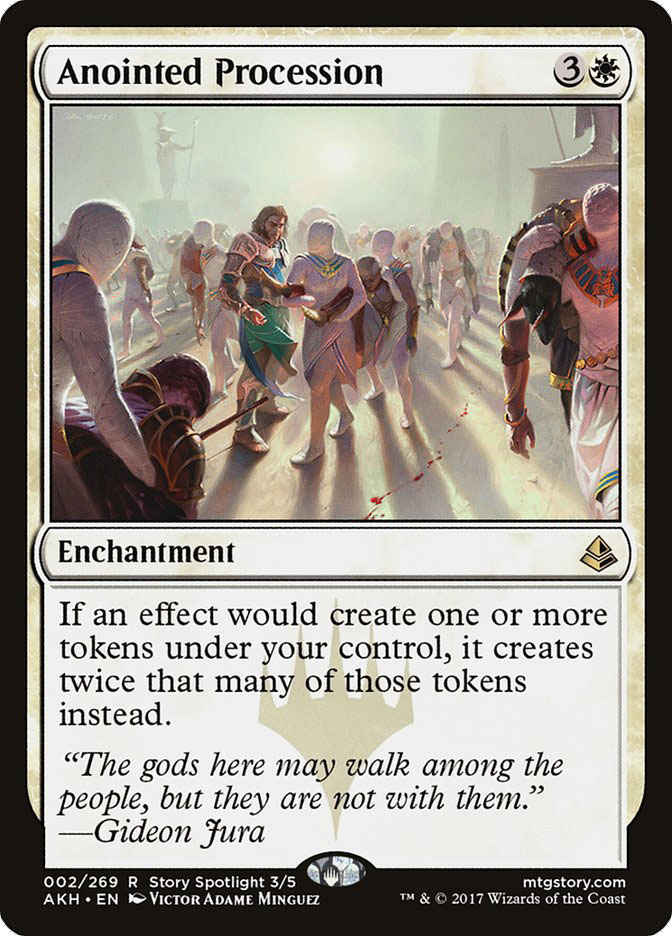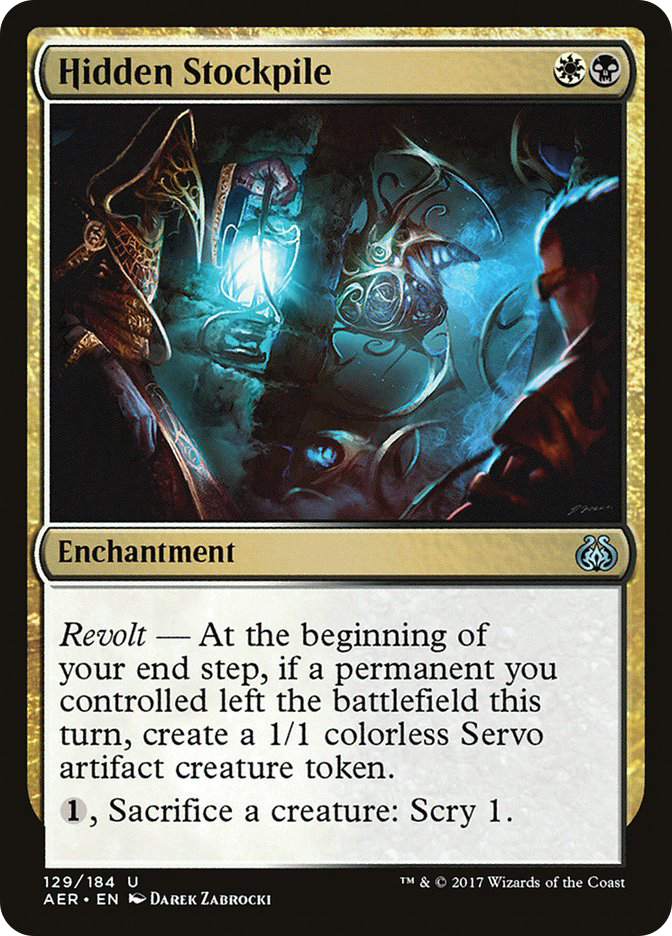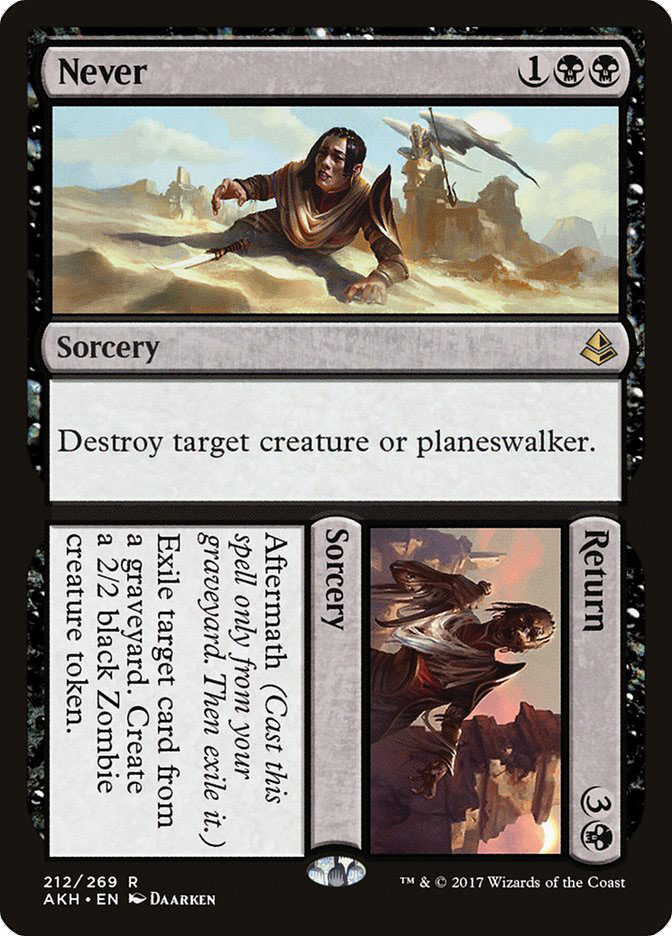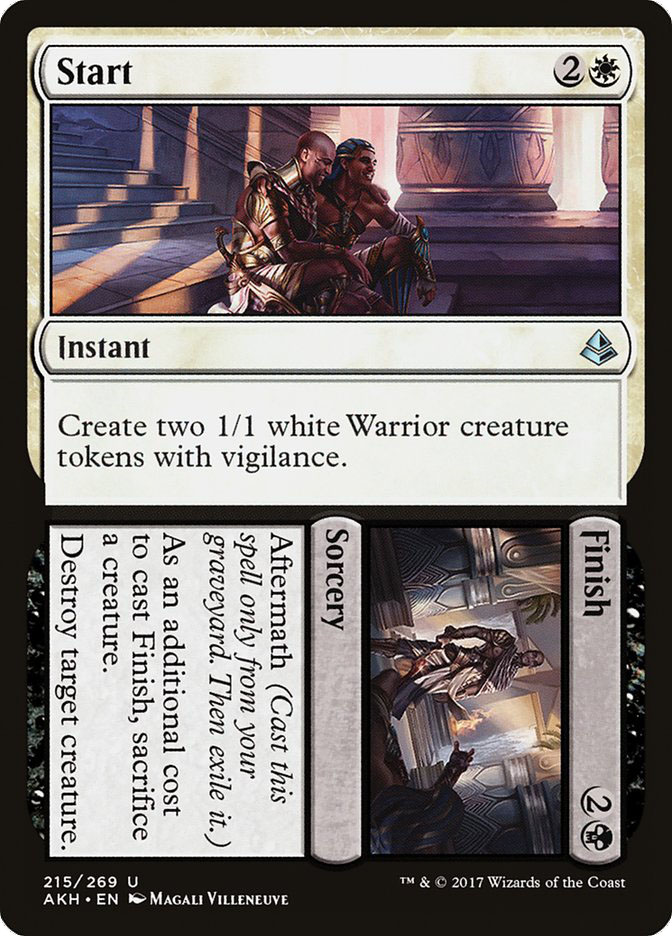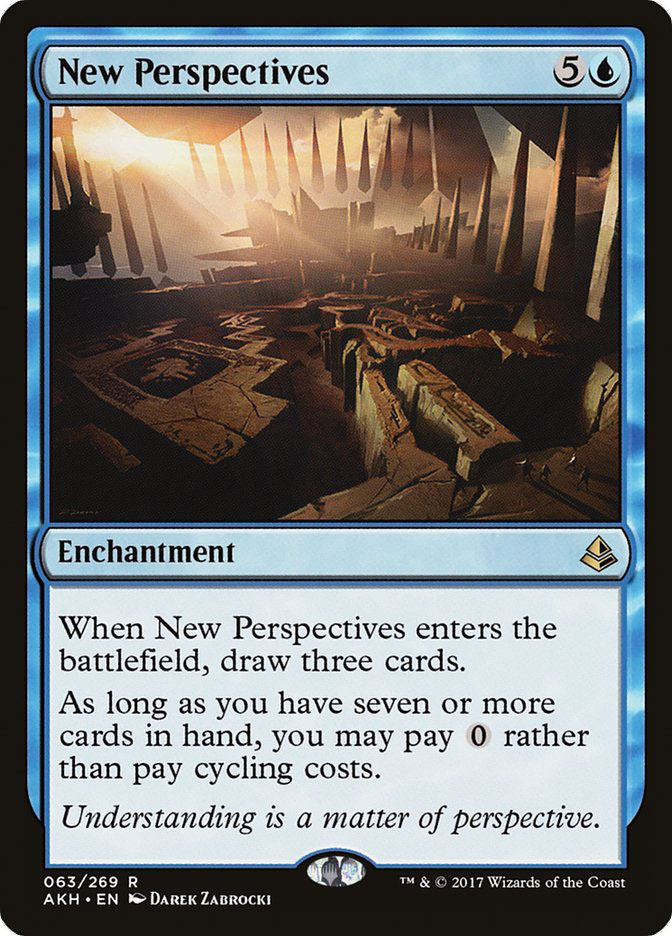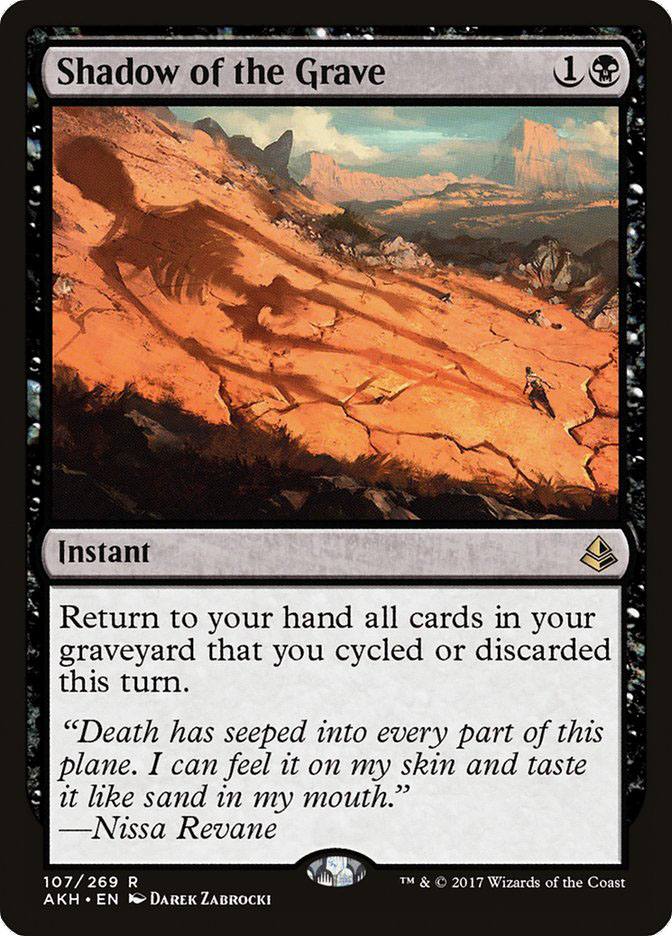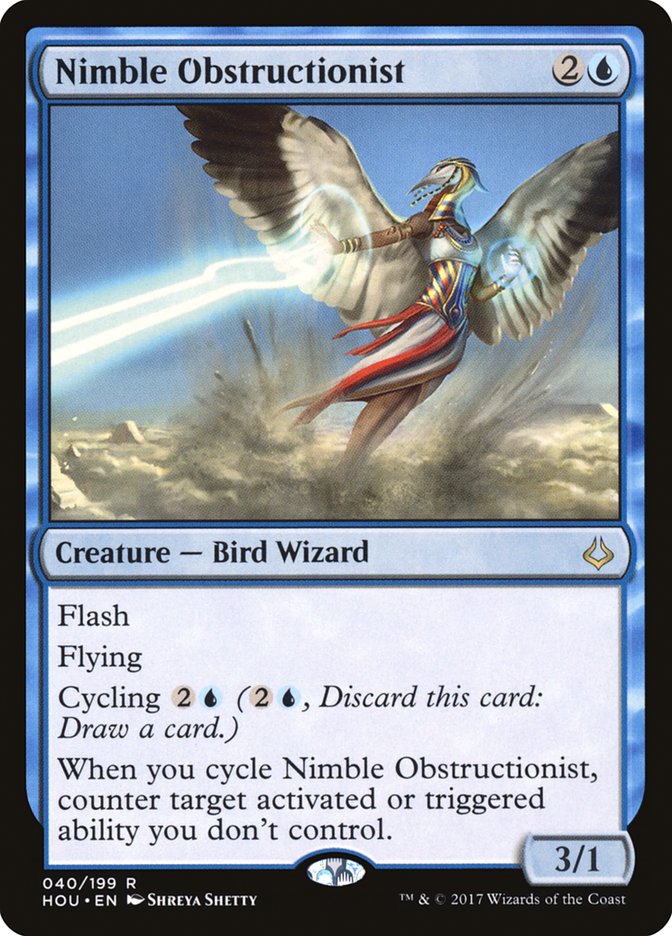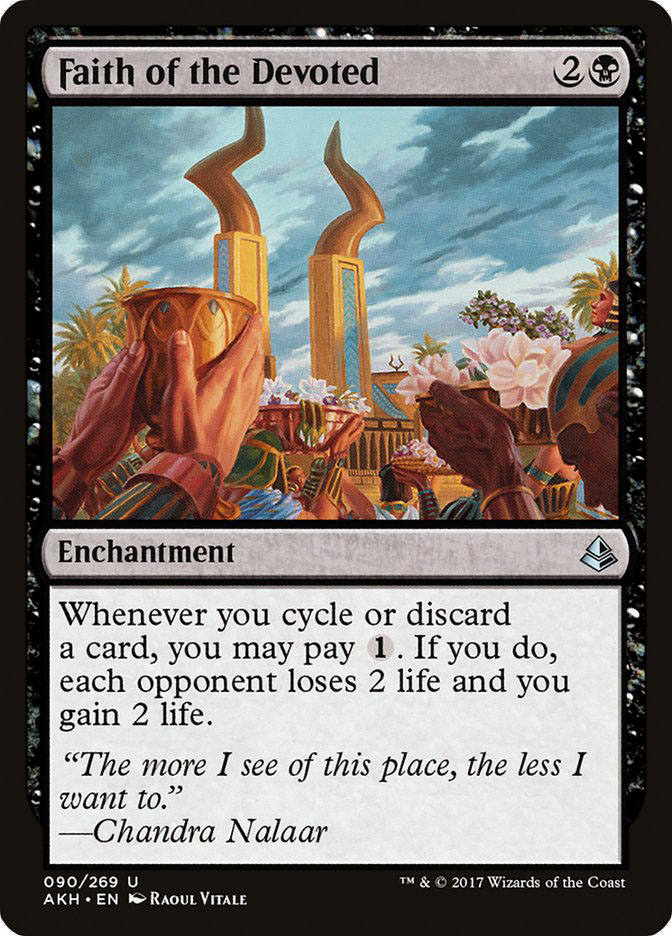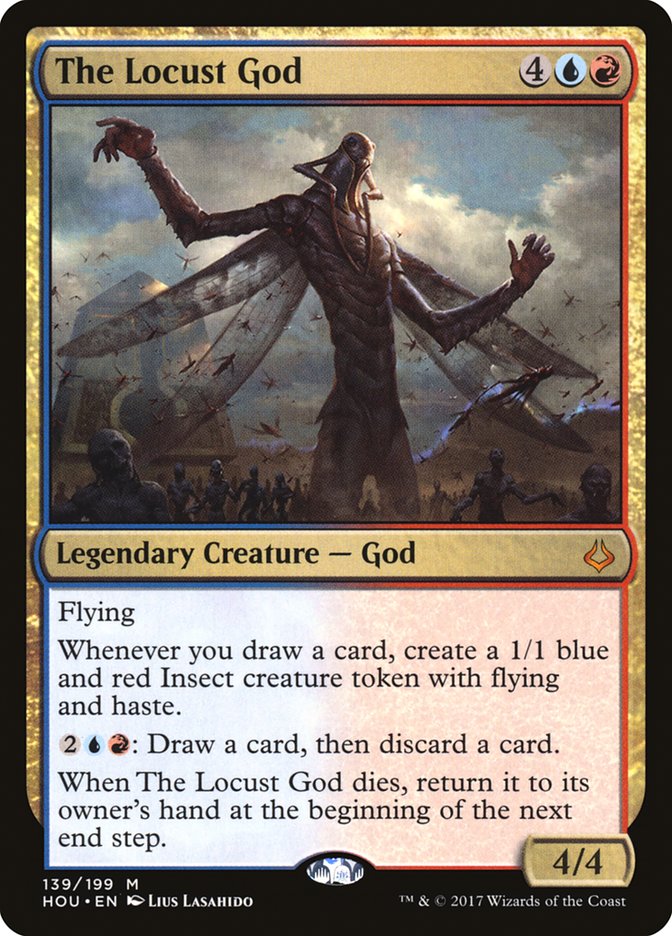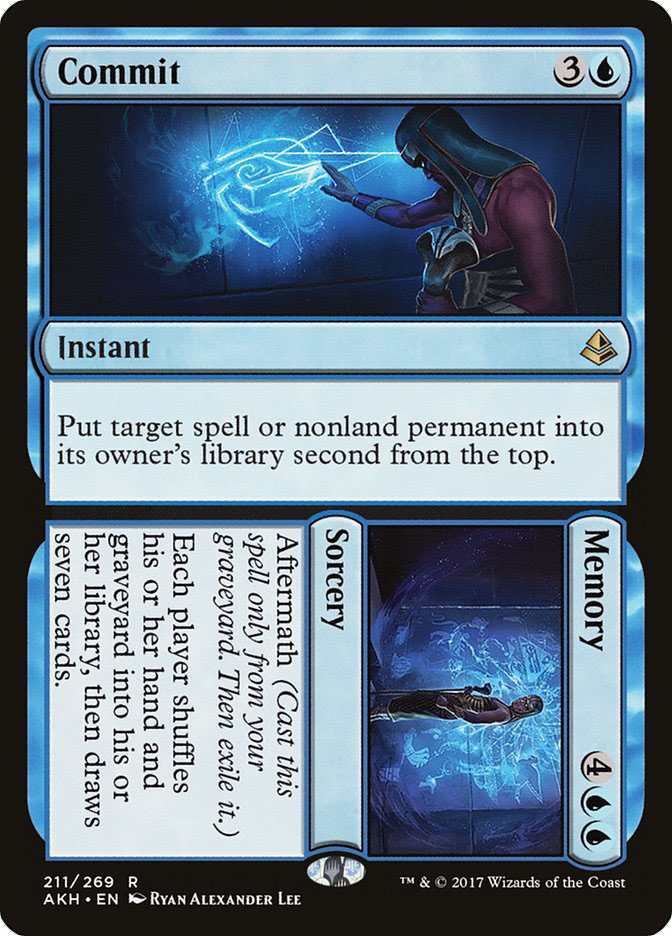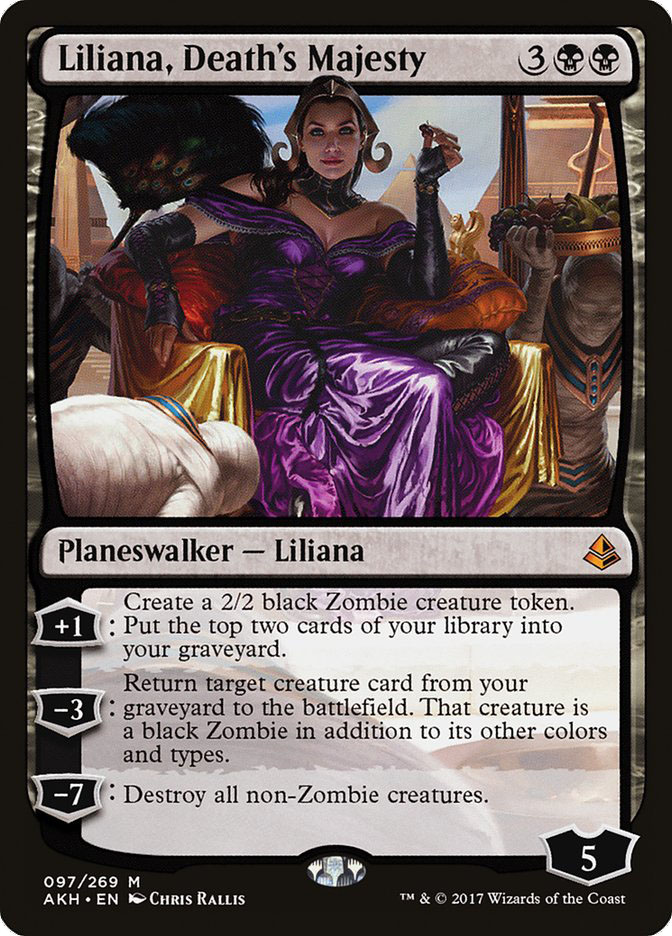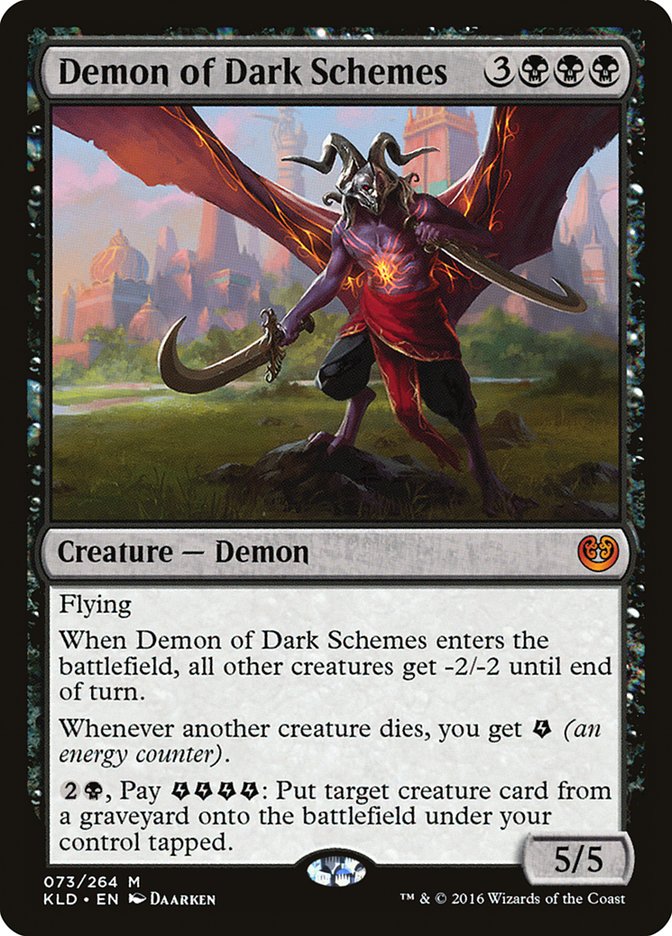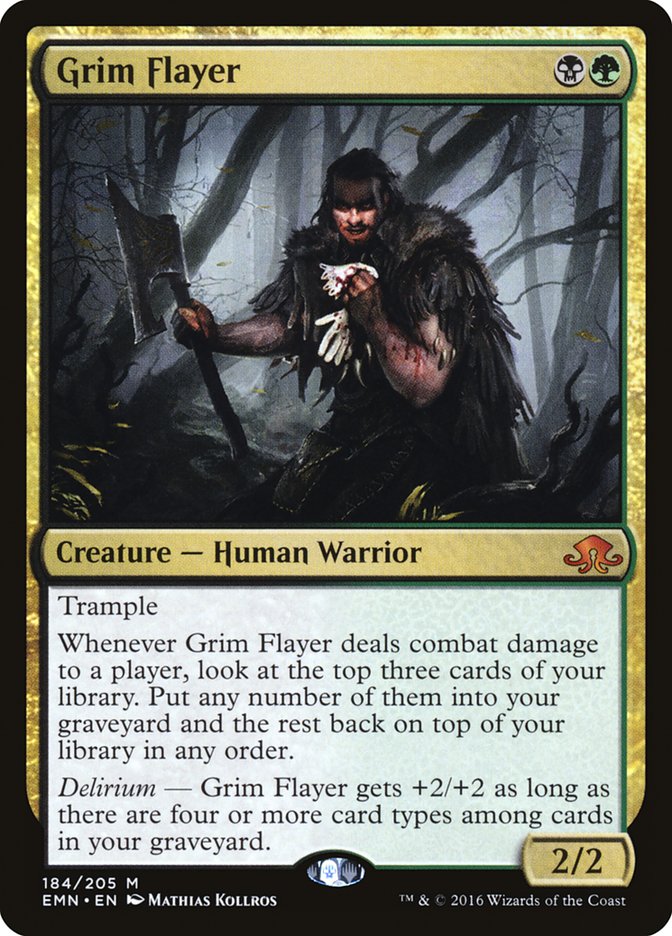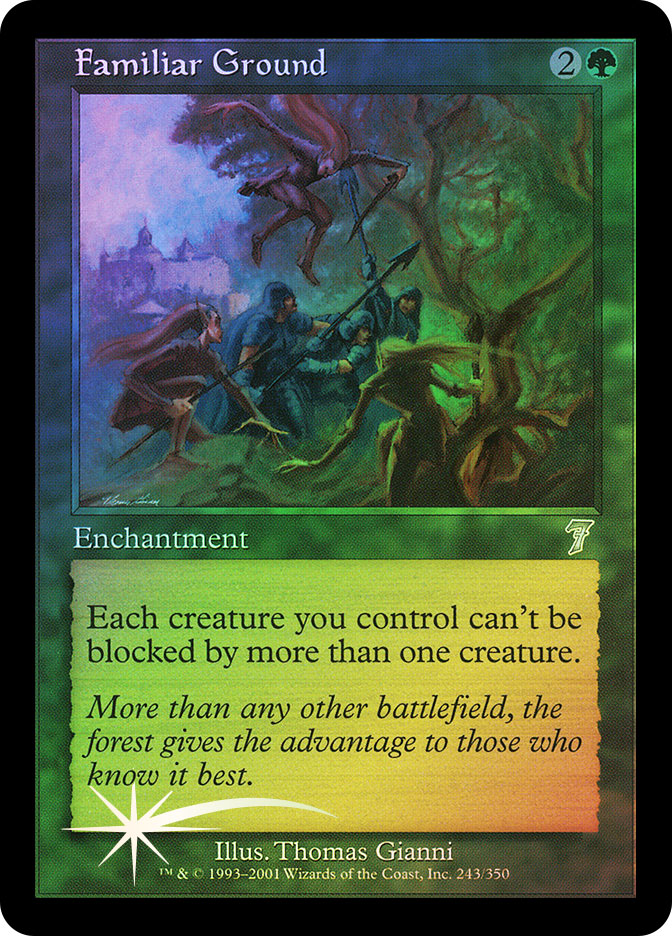Grand Prix Washington DC is next weekend and it looks like Standard is healthy and has a nice selection of viable decks. Temur Energy, Mono-Black Zombies, Ramunap Red, B/G Energy, G/R Ramp, God-Pharaoh’s Gift, and various control strategies all look capable of performing well.
What I like is how defined Standard has begun to look. When everything is clear and out in the open for everyone, then the popular decks have free rein to attack each other. You see fewer “generic sideboard cards” like Crook of Condemnation or Decommission going around. Everyone needs to allocate their fifteen cards to deal with the top strategies.
Environments like these are when I like to strike with a forgotten or otherwise unexpected deck.
Creatures (10)
Planeswalkers (5)
Lands (25)
Spells (20)

Alex Sittner finished 53rd at Grand Prix Denver with a similar list of W/B Procession, providing some evidence that I’m not completely maniacal for continuing to believe in the archetype.
W/B Procession popped up on Magic Online a few months ago, likely a derivative of Sam Black’s Abzan Tokens deck. I played a bunch of MTGO Leagues with it and even sleeved it up for the Season One Invitational this year. It sure looks like a clunky mess that can get run over by aggro or have all its spells dealt with against control. Surprisingly, the deck tends to play out pretty well.
So what does the deck do?
It’s a token deck that utilizes Anointed Procession to double everything, Thraben Inspector Clues and Anointer Priest embalm tokens included. Multiple Anointed Processions are exponential, so 2x, 4x, 8x, and up to 16x each token if all four are on the battlefield. Game states don’t really go that far; two Anointed Processions are enough to bury any Standard deck.
Hidden Stockpile is your primary token source. The deck is built around being able to turn on revolt without necessarily sacrificing a creature to Hidden Stockpile. Thraben Inspector Clues trigger revolt as well as making a Gideon, Ally of Zendikar emblem. I emblem him immediately almost half the time I cast the card out of W/B Procession.
The Anointed Priests, Thraben Inspectors, Shambling Vents, and Fumigates can put a hurting on Ramunap Red. A transformed Westvale Abbey isn’t bad either. There are enough incidental decent things going on where I don’t mind the matchup. Of course, as with basically any Standard deck, the post-sideboard against Ramunap Red is better than Game 1.
I originally started playing W/B Procession after losing to it a bunch when I was playing Zombies. The matchup isn’t much different now and I consider W/B Procession to be a good favorite. Zombies doesn’t have the reach of Ramunap Red. Even though they have resilience with Relentless Dead and Dread Wanderer to fend off Fumigate you simply have more turns on average to operate, which means Anointed Procession tend to generate more value.
Creatures (8)
Planeswalkers (4)
Lands (26)
Spells (22)

While Alex liked Sunscourge Champion and Authority of the Consuls to combat Ramunap Red, I like having a different smattering of removal spells and some sideboard felines in Sacred Cat and Regal Caracal. Aethersphere Harvester happens to come in too, but that comes in frequently against control decks too.
Alex’s Declaration in Stone is very strong against Mono-Black Zombies while being passable against other creature decks. Personally, I don’t like it enough against non-Zombies and found Zombies to be good enough as is. The choice between Anguished Unmaking and Cast Out is basically preference too. The main strike against Cast Out is its mana cost, which can conflict with the curve, since you’re loaded on Gideon, Ally of Zendikar and Anointed Procession.
I like four Evolving Wilds and three Shambling Vents because of how important getting the ball going on turn 3 with Hidden Stockpile is. I also like having another land, as the easiest way to lose is to be stuck on four mana with an uncastable Fumigate (or two) in hand.
Never // Return and Start // Finish are favorites of mine, falling into the camp of “never great, never awful, but often surprising.” Same reason I like Piracy Charm in Infect. It’s always the first card for people to cut (and I don’t blame them). For me, for Never // Return and Start // Finish do enough in the deck for me to keep them around.
Creatures (10)
Lands (24)
Spells (26)

We saw glimpses of New Perspectives Combo in the early rounds of Pro Tour Amonkhet. There wasn’t much time to perfect the lists. After all, who wants to test against New Perspectives? It didn’t fare well at the Pro Tour and has since been largely dismissed.
The thing is, there is little middle ground with these combo decks. They skirt the line between broken and completely non-functional. Sounds like a first or dead last deck to me.
Hour of Devastation didn’t bring a ton to the deck. What’s mostly changed is that Aetherworks Marvel, aka “the better combo deck,” has been removed. The few cards from Hour of Devastation certainly help, but I imagine the recent success that MELV.P has had can be attributed to tuning the deck for a long while, possibly the entire time since Pro Tour Amonkhet.
Should you play a bunch of Censor? Anticipate? Looks like no. Maindeck Fumigate and Traverse the Ulvenwald were cards I don’t remember seeing before. I can buy one Faith of the Devoted, two Cast Out, three Renewed Faith, and four Haze of Pollen being correct. Looks like those numbers were purposely arrived upon through a labor of love.
Nimble Obstructionist is one of those cyclers that’s good on its own and I like seeing all four within the 75. Interrupting something as simple as an Evolving Wilds sacrifice might buy you enough time to establish your plan. Stopping a Scavenger Grounds activation from stopping your Shadow of the Grave seems key too. I find it entertaining to sit back and see all of the activated and triggered abilities I can stop. We’re use to what Stifle in Legacy can do, and watching the Standard possibilities unfold sounds like quite a treat.
Faith of the Devoted is now the win condition, where it was otherwise Approach of the Second Sun or Drake Haven. Approach of the Second Sun was best when you finally went off and Drake Haven was best as a win condition with mid-game functionality. Fath of the Devoted is a combination of both.
After sideboarding, when the jig is up, you have to diversify your win conditions and protect them more. The Locust God is essentially a Drake Haven that requires no additional mana investment and wins on the spot. With Traverse the Ulvenwald, you can find the single copy as needed. Commit // Memory is insurance against counterspells when opponents are targeting your win conditions.
With a pile of Haze of Pollen; incidental lifegain in Fumigate, Renewed Faith, and Faith of the Devoted; and triple Authority of the Consuls out of the sideboard, the aggro matchups don’t seem all that heinous. If New Perspectives Combo is going to ever win a tournament, it will be Grand Prix Washington DC because it’s currently way beneath everyone’s radar, the decklist looks tuned, and no one is prepared for it. However, if it does do well and gets enough eyes on it, I won’t expect New Perspectives to ever do well again.
Creatures (13)
- 1 Ishkanah, Grafwidow
- 2 Demon of Dark Schemes
- 3 Noxious Gearhulk
- 1 The Scarab God
- 2 Razaketh, the Foulblooded
- 4 Champion of Wits
Planeswalkers (3)
Lands (22)
Spells (22)

I liked B/G Delirium at the beginning of Amonkhet Standard. There was something about activating Liliana, Death’s Majesty to create an endless wall of Ishkanah, Grafwidow Spiders or to pick the opponent’s creatures apart with Noxious Gearhulk.
With the printing of The Scarab God, Champion of Wits, and Strategic Planning, the idea can shift to be more blue-centric and heavier on reanimation elements.
The question is whether Sultai Reanimator is better than Jeskai God-Pharaoh’s Gift. If you can’t remove their namesake artifact, then how do you not get out-grinded?
Both Demon of Dark Schemes and The Scarab God target either graveyard, so you can get their creature after it’s targeted with God-Pharaoh’s Gift. Sultai Reanimator is also better at actually casting their heavy-hitting creatures, where Jeskai God-Pharaoh’s Gift can’t reliably cast their Angel of Invention or Cataclysmic Gearhulk.
One mainstay of B/G/X Delirium decks has traditionally been Grim Flayer, both as a big threat with delirium and a means to enable it. With the format so hostile to small creatures thanks to Mono-Black Zombies and Ramunap Red being so prominent, I don’t mind the absence of Grim Flayer here, instead choosing to attack small creatures hard with Yahenni’s Expertise maindeck.
I wouldn’t mind seeing Grim Flayer out of the sideboard to sidestep the switch out of opposing removal. I always liked the idea of surprise-pounding the slower decks after sideboarding instead of fighting super-hard with discard or counterspells. I also favor Kalitas, Traitor of Ghet and Gonti, Lord of Luxury quite a bit and want to find a way to slip those in. Kalitas is just great against creature decks and absurd with Yahenni’s Expertise or Demon of Dark Schemes.
Creatures (13)
- 1 Kalitas, Traitor of Ghet
- 1 Ishkanah, Grafwidow
- 1 Gonti, Lord of Luxury
- 2 Demon of Dark Schemes
- 2 Noxious Gearhulk
- 1 The Scarab God
- 1 Razaketh, the Foulblooded
- 4 Champion of Wits
Planeswalkers (3)
Lands (22)
Spells (21)

Same basic plan, just moved some numbers around to where I’m more comfortable. I got a Gonti, Lord of Luxury and a Kalitas, Traitor of Ghet in the maindeck. With Yahenni’s Expertise as the only four-cost in the deck, and one that you don’t always want to cast on turn 4, I wanted a couple of plays there.
The sideboard Grim Flayers give you the option to try to end the game quickly. Sometimes there just isn’t time left on the clock to grind your opponent out.
Win the Damn Thing
For most people, it’s a good idea to take a stock, winning deck to a Grand Prix. You’re setting yourself up for a respectable finish. Maybe you’ll play some mirror matches. You’ll definitely play some tough competition.
For me, I like to face said tough competition on my own terms. Magic is easier when you’re aware of what your opponent up to while they’re unsure what you’re doing. It’s harder to fight on unfamiliar ground.
Bring it.


